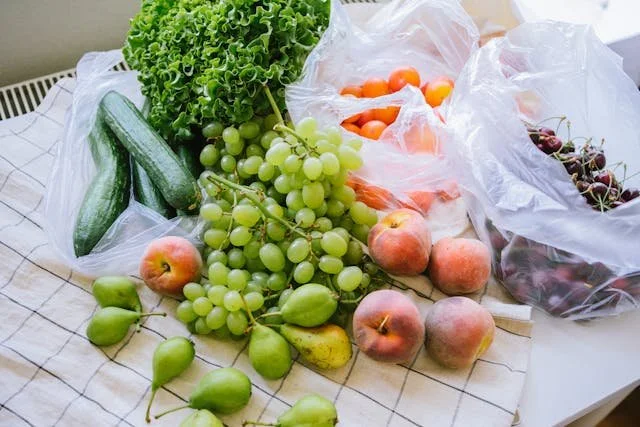The Real Cost of Sustainability: Breaking Down Price Barriers
The belief that “sustainable equals expensive” persists despite evidence that eco-friendly choices can often save money long-term. This misconception stems from premium marketing of organic products, boutique eco-brands, and the visibility of high-end sustainable options in media.
These perceptions exist because sustainable products are often marketed as luxury items, early adopters pay premium prices for innovation, and cheap conventional products don’t reflect their true environmental costs. Additionally, upfront costs for durable sustainable items can seem prohibitive compared to disposable alternatives.
Food
Affordable options: Seasonal produce, bulk grains/legumes, community gardens, food co-ops
Resources: [LocalHarvest.org](https://localharvest.org), [SNAP benefits at farmers markets](https://www.fns.usda.gov/snap/snap-farmers-markets)
Top Products:
Azure Standard (https://azurestandard.com) - Bulk organic foods
Thrive Market (https://thrivemarket.com) - Discounted organic groceries
Misfits Market (https://misfitsmarket.com) - “Ugly” produce delivery
Mountain Rose Herbs (https://mountainroseherbs.com) - Bulk spices/herbs
Bob’s Red Mill (https://bobsredmill.com) - Affordable organic grains
Lifestyle
Affordable options: Energy-efficient appliances, LED bulbs, programmable thermostats, secondhand furniture
Resources* Energy Star rebates (https://energystar.gov), Database of State Incentives for Renewables (https://dsireusa.org)
Top Products:
Philips LED bulbs (https://philips.com/lighting) - Highly rated efficiency
Nest Thermostat (https://store.google.com/product/nest_thermostat) - Energy savings
Seventh Generation cleaning products (https://seventhgeneration.com) - Non-toxic cleaners
Bamboo toilet paper (https://whogivesacrap.org) - Sustainable paper goods
Beeswax wraps (https://beeswarap.com) - Plastic wrap alternative
Beauty
Affordable options: DIY skincare, bar soaps, refillable products, drugstore natural brands
Resources: EWG Skin Deep database (https://ewg.org/skindeep), Package Free Shop (https://packagefreeshop.com)
Top Products:
CeraVe (https://cerave.com) - Affordable clean skincare
The Ordinary (https://theordinary.com) - Budget-friendly serums
Dr. Bronner’s soap (https://drbronner.com) - Multi-use castile soap
Ethique shampoo bars (https://ethique.com) - Zero-waste hair care
Weleda (https://weleda.com) - Natural body care
Fashion
Affordable options: Thrift stores, clothing swaps, rental services, capsule wardrobes
Resources: ThredUp (https://thredup.com), Poshmark (https://poshmark.com), local Buy Nothing groups
Top Products:
Everlane (https://everlane.com) - Transparent pricing, quality basics
Patagonia Worn Wear (https://wornwear.patagonia.com) - Used outdoor gear
Rent the Runway (https://renttherunway.com) - Designer dress rentals
Depop (https://depop.com) - Secondhand fashion marketplace
Vinted (https://vinted.com) - Community-driven used clothing
Location Matters
Urban areas offer more thrift stores, farmers markets, and bulk buying cooperatives, but face higher living costs. Rural areas may have direct farm access and lower costs but fewer retail options. Southern regions often have year-round growing seasons, while northern areas may rely more on preserved and imported sustainable foods.
The key is recognizing that sustainability often means buying less, buying used, or investing in quality items that last longer—strategies that ultimately save money while reducing environmental impact.
Written by Justine Reichman




